SEO for small business owners is crucial in order for them to grow. The main dilemma is how to get started.
To answer this, we will explain the fundamentals of SEO from scratch. SEO or search engine optimization is the process of getting traffic from free, organic, editorial, or natural search results from search engines.
There are two types of search: organic and paid search.
Organic or natural search is actually SEO, which stands for search engine optimization. Paid search stands for advertising on search engines. The main difference between the two is the time factor.
Organic or natural search can take weeks, months, and sometimes even years. On the other hand, with paid search, you can get instant results on a pay-per-click basis.
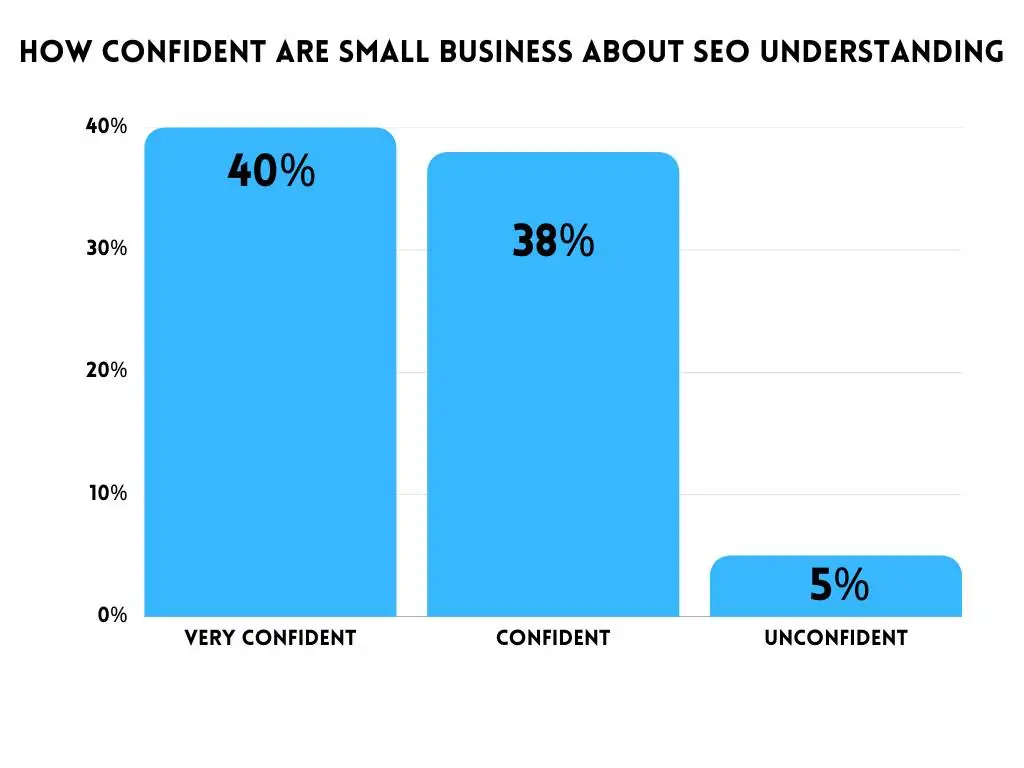
Understand How Search Engines Work
SEO changes frequently and in small ways, but its principles do not, even when referring to SEO for small business owners.
We can divide SEO into three components:
• Technical optimization
• On-page optimization
• Off-page optimization
Technical optimization is the process of completing activities on your site to fix SEO but is not related to content.
On-page optimization refers to the process of ensuring that the content on your site is relevant and that it provides a great – and relevant – user experience.
Off-page optimization is the process of enhancing your site’s search engine rankings through activities outside the site. Backlinks drive this, contributing to building the site’s reputation.
The Three Pillars of SEO for Small Business Owners
Search engine algorithms are computer programs that look for clues to give the searcher the exact results they are looking for. Search engines rely on algorithms to find web pages and then decide which ones to rank for a given keyword.
Every small business owner needs to know three SEO pillars so the company can acquire solid results.
1.The Crawling Stage
Crawling represents the discovery stage; indexing is the filling stage, and ranking is the retrieval stage. In terms of crawling, search engines send out web crawlers “spiders” or “robots.” Their main purpose is to discover emerging web pages. They also check the content of the pages. All in all, they make sure that the content is good, which will affect the way they rank a page – by the quality of the written content. Therefore, editing, managing, and updating the content is a must.
Search engines crawl on web pages by following links they’ve already discovered.
Say you have a blog post, and it’s linked to your homepage. When a search engine crawls your page, it will look for another link. When the link is found, it starts to follow it and may also follow the link to your new blog post.
2. The Indexing Stage
The second step is indexing. Indexing is when a search engine decides whether or not it is going to use the content that it has crawled. If a web page that has been scrolled is deemed worthy, it will be added to its index. This index is used as the final ranking stage. When a web page or piece of content is indexed, it is filed and stored in a database, where it can be retrieved. Web pages that provide valuable and unique content are placed into the index.
The web page may not be indexed if:
• Its content is considered duplicate
• It can’t be crawled
• The page or domain lacks inbound links
• Its content is regarded as low value or spammy
3. Ranking
The process of ranking can only happen after the crawling and indexing stage. Once these stages are completed, your site can be ranked. There are many signals that search engines use to sort and rank content.
They all fit into the three pillars of SEO: technical optimization, on-page optimization, and off-page optimization. Signals that search engines use to rank web pages include content keyword presence, loading website speed, keyword presence in the title tag – and website reputation.
• Keyword presence in the title tag. Or specifically, whether the keyword was mentioned on the page or within the Title Tag.
• The loading speed of a website – or whether the web page loads quickly.
• Website reputation. Or whether the web page is considered reputable for the searched topic.
Google’s main search algorithm is called Hummingbird. It is responsible for deciding how to order and rank search engine results.
The Importance of Keywords
One of the most important parts of SEO for small business owners that are just getting started is learning the importance and usage of keywords. Keywords help fix the SEO status and aid the future development of the company.
Keywords represent words or phrases that a user enters into a search engine to complete a task. In general, a keyword implies just one word. But, for SEO purposes, this can mean a whole keyword phrase instead of a single word.
Types of Keywords
There are three main types of keywords: navigational, informational, and transactional.
• Navigational queries are keyword searches for a specific website. Simply, a query leads to finding a certain keyword. Keywords and queries are used interchangeably in SEO. If you search Google for a brand name, a person’s name, or a URL, you are using navigational queries.
• Informational queries are keyword searches used when the searcher is looking for information.
• Transactional queries happen at the last stage of the buying cycle and are easier to convert. They tend to be more competitive as they are targeted on sales pages. They often are the first researched and optimized keywords. Transactional keywords form a smaller proportion of all keywords combined. These queries happen in the stage where the customer is ready to make a purchase. They are easier to convert into sales but more competitive to rank for.
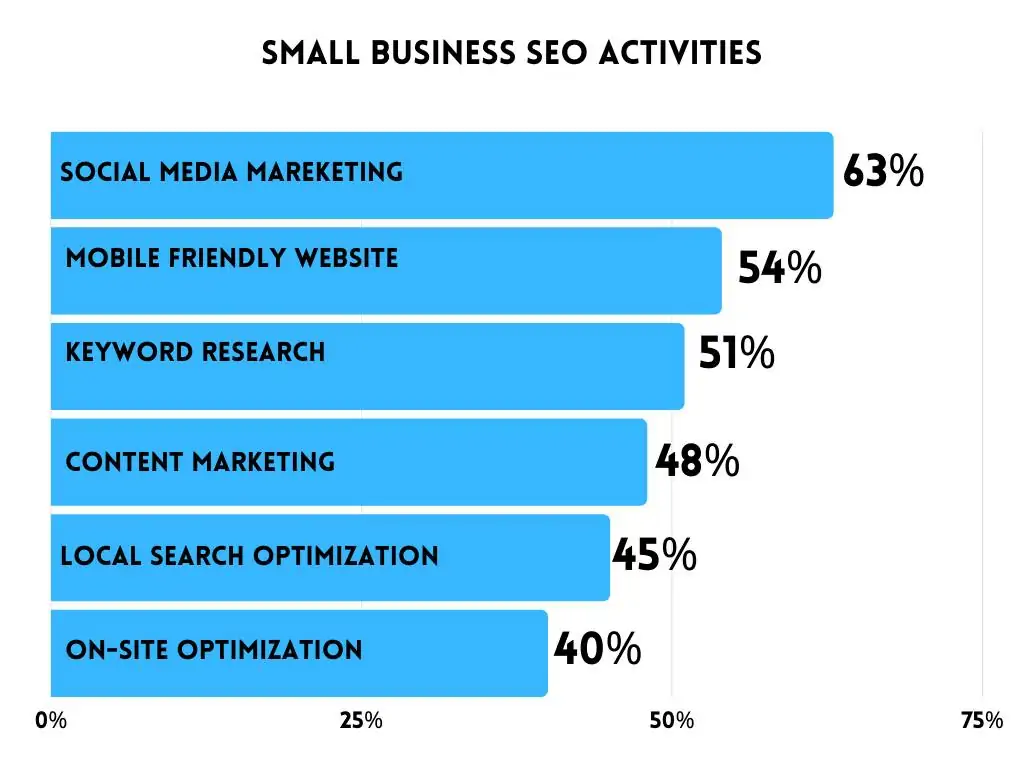
Aligning Your Seo to Your Business Objectives
One of the most important steps in nailing your SEO is aligning it to your business objectives.
The first step is to encourage buying from stakeholders. You should also inform or advise them to take an educational SEO course. This way, they will be able to understand the meaning of SEO and the way it works. Setting objectives is very important for a business to form its own SEO strategy.
Ensuring that those objectives are met is vital and it helps you manage everything that you’ve measured. Without setting objectives, your business won’t be able to accomplish any palpable success down the line. For maximum results – set objectives for keywords, as well as keyword research and keyword ranking.
The most common SEO objectives are the measurement of keywords, traffic, conversion, and sales. The objectives set will depend on the type of business in question – it can be transactional or informational.
If a business is transactional with an eCommerce element involved, the objectives should be set around lead conversions and tracking sales. In the case of a non-eCommerce commercial site, the objective should be set around lead generation.
• eCommerce sites – the objectives’ focus remains on tracking sales and lead conversions.
• Non-eCommerce sites – setting lead generation SEO goals.
If a business is informational, the objectives should be set on brand awareness and website traffic. This can be done via:
• Blogs – brand awareness or increasing traffic.
• Large publishers – ad revenue goals, increasing organic page views. Etc.
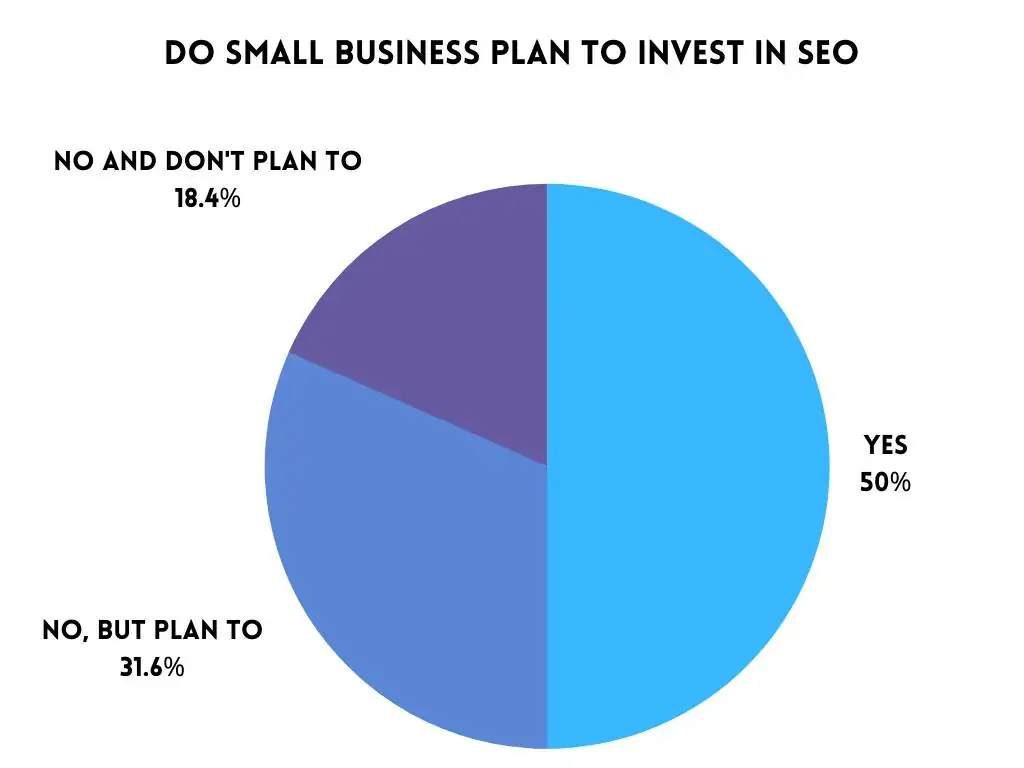
Conducting Keyword Research
If you want to learn how to conduct proper research, here are a few tips to follow:
• Pick a topic to research. Focus on one topic or theme at a time. Imagine what the web page you envision will look like.
• Brainstorm keywords. Research keywords with similar meanings around a closely related topic. Focus on quantity over quality at this stage.
• Review keyword value. Gather keyword data to better decide how useful the keywords are, and whether they are within reach.
• Prioritize keywords. Decide which keywords are the most important and which ones you wish to focus more on.
The research topic could be a source of information; brand or a person; product or service. When you are choosing a topic, you should always stick to a single one. Also, your focus shouldn’t be on short-tail keywords, as long-tail keywords provide much more value.
This process involves many keywords that are closely related to the topic chosen. Think about using synonyms and/or plural and singular keywords. Remember, you are aiming for quantity more than quality.
Always check and look at the keywords your competitors are using. There are internet marketing tools to help you do that, such as SEMrush. This is one of the most popular competitor keyword analysis tools. You can put it on a website’s homepage and it will provide you with a list of valuable keywords. This is a practical way of making a market-relevant SEO boost.
While you are brainstorming, try to include a list of keywords and pay attention to their keyword volume. This way, you can compare them later on. Also, learn how to review the value and the difficulty of the keywords you choose.
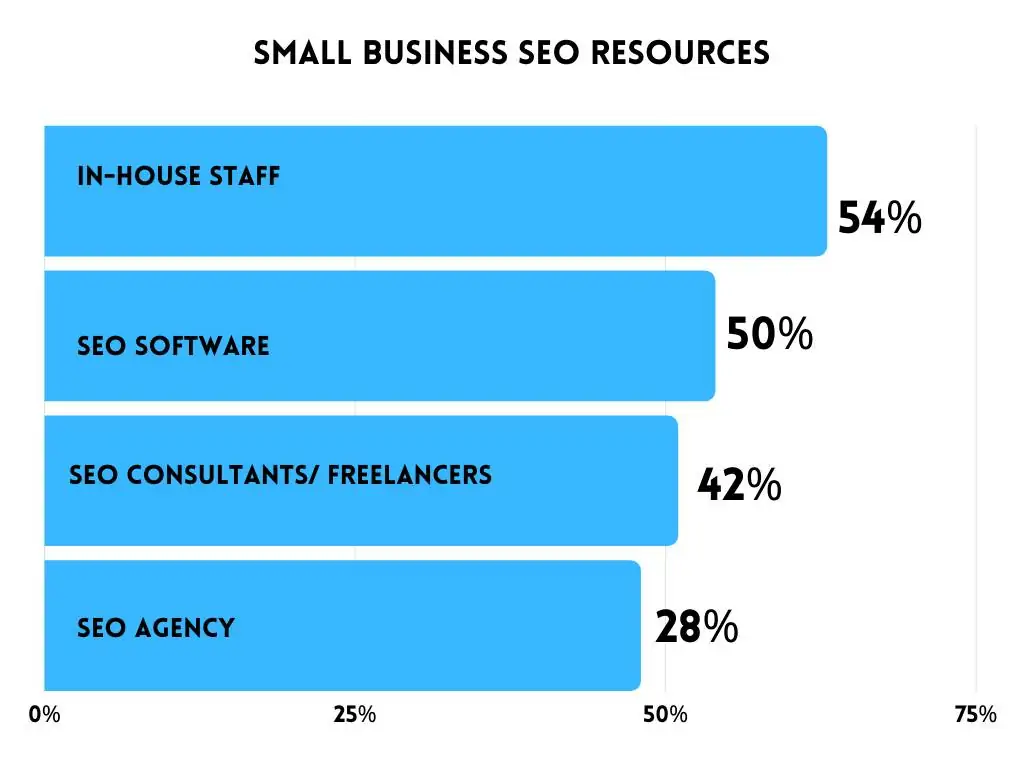
Steps for Reviewing Keyword Value and Difficulty
These next steps will lead you to a proper review of how your keywords are put to use:
• Step One: Get the keyword search volume
• Step Two: Get the keyword difficulty score
• Step Three: Get the keyword ranking
• Step Four: Review the keywords
• Step Five: Assign a relevancy score
There are two main considerations when deciding on the relevance of a given keyword – search volume and topic relevance score. With search volume, the higher the search volume, the better the keyword. Learning how to maintain high valuable keywords can fix SEO for small business owners.
Boosting Your SEO, So Your Business Can Grow
Based on the aforementioned metrics, you have to ensure to pick out the most important keywords for your business. All keywords at hand should have a good relevance score, with emphasis on the search volume. That said, avoid keyword stuffing and always stick to the right size required for the keywords.
Otherwise, if you exceed the keywords’ use, your content will be truncated. So, if you overuse the keyword, search engines will simply ignore it altogether.
Always choose one primary or P1 keyword. It is the most important one to boost SEO and requires proper implementation across the content. Aside from choosing your P1 keyword, you should also choose two secondary or P2 keywords. These are the next most important keywords after your P1 or primary keyword.
Choose three or more tertiary or P3 keywords as well. These are the third most important content elements, right after your P1 and P2 keywords. Remember, even though P2 and P3 rank lower than P1, they still need to be relevant to your content.
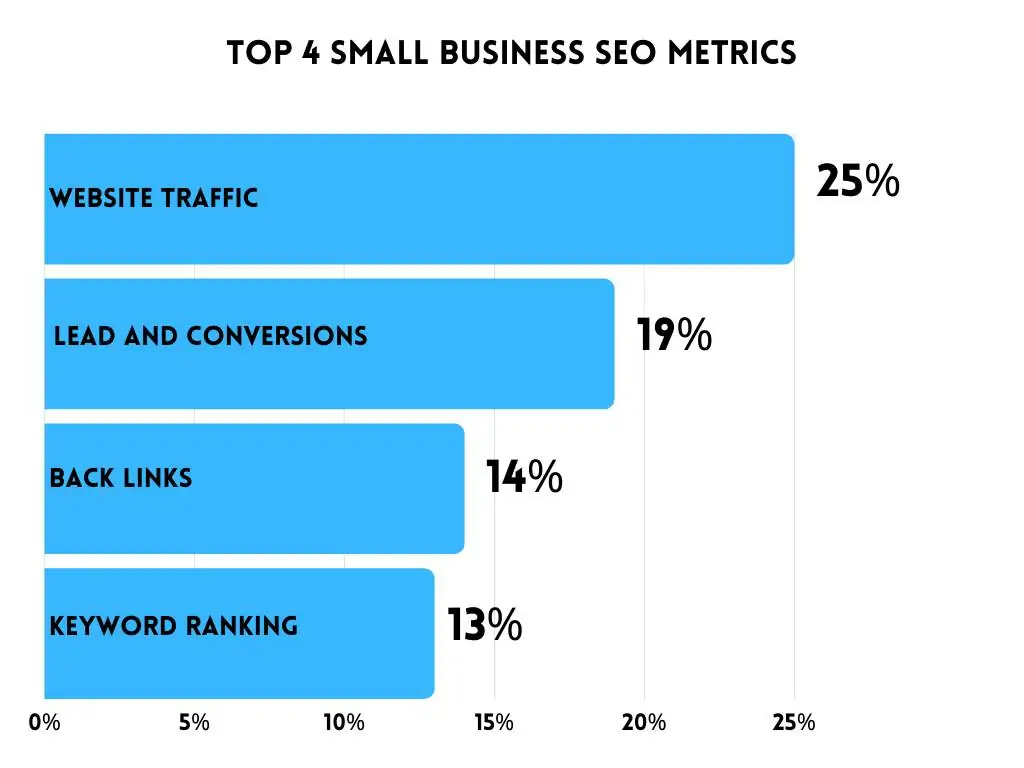
Turn Your Research into Content
You should create a spreadsheet with all keywords that you’ve researched for your topics. On the left side of the column, list the topics that you want to research. Your topic, for example, could be a webpage that you already have. Or, maybe, an area that needs work in order for you to fix your SEO.
The following columns should be centered around your P1 keyword, and two of your P2 keywords. As for P3 keywords, these are usually used three to six times, maximum.
Optimizing and Ranking Organic SEO for Small Business Owners
Technical optimization stands for SEO activities completed on your site. There are a couple of tools that can additionally help make your website search engine-friendly.
Internet marketing tools that are valuable include Screaming SEO Frog and Google Search Console.
Google Search Console is an excellent internet marketing tool. It does a great job of SEO for small business owners and mainly gains small businesses valuable data and information. Additionally, it could fix the SEO and boost it at the same time. Not to mention, it helps you monitor and maintain your site presence in the Google Search results.
Another internet marketing tool that could help your website to become more visible is Bing Webmaster. To optimize your website, you should:
• Minimize site errors
• Use redirects wisely
• Create an XML site map to list all existing site URLs
• Minimize duplicated content, so it could be indexed
• Minimize URL errors
Another highly important thing to know is whether your top landing pages are indexed. From a technical SEO viewpoint, when it comes to performance and rankings, you should look at the site’s speed, its mobile-friendliness, as well as its HTTPS.
At the end of the day, when it comes to SEO for small business owners or corporate competitors, it’s not a matter of if boosting it can help – but how you make it work.
